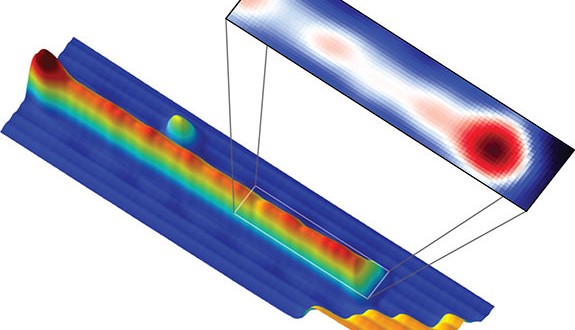Back in 1937, an Italian physicist predicted the existence of a single, stable particle that could be both matter and antimatter. Nearly 80 years later, a Princeton University research team has actually found it.
“This is the most direct way of looking for the Majorana fermion since it is expected to emerge at the edge of certain materials,” said Ali Yazdani, a professor of physics who led the research team. “If you want to find this particle within a material you have to use such a microscope, which allows you to see where it actually is.”
The search for the Majorana fermion first began when physicist realized their calculations implied the existence of antimatter, counterparts to electrons.
The findings have implications in quantum computing because this technique employs electrons that are represented as both ones and zeros in a phenomenon called quantum superposition. This method could allow previously incalculable systems to be solved, but is prone to collapse due to reactions with nearby material. The Majorana fermion is extremely stable and has a gentle reaction with its environment.
Researchers have predicted another sub-atomic particle called neutrinos could be Majoranas. These novel particles could also be candidates for dark matter, an elusive material believed to make up most of the universe.
Majoranas detection processes have been previously thought of as being extraordinarily complex, but this new detection approach uses surprisingly simple materials such as lead and iron.
“As long as you have a strong magnetic material – like iron but it could be other magnets – in which electrons are magnetically polarized (or electrons feel a very strong magnetic field), the possible range of parameters in which Majoranas appear increases dramatically,” said B. Andrei Bernevig, an associate professor of physics.
Agencies/Canadajournal
 Canada Journal – News of the World Articles and videos to bring you the biggest Canadian news stories from across the country every day
Canada Journal – News of the World Articles and videos to bring you the biggest Canadian news stories from across the country every day



